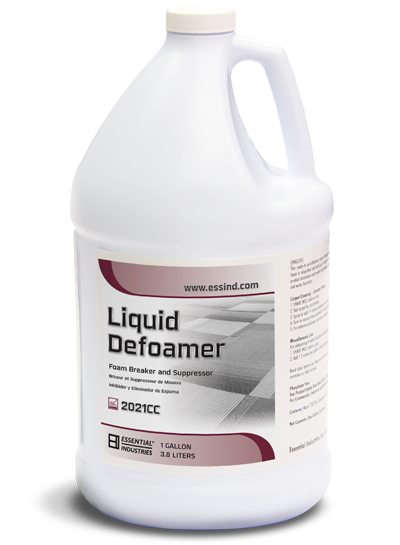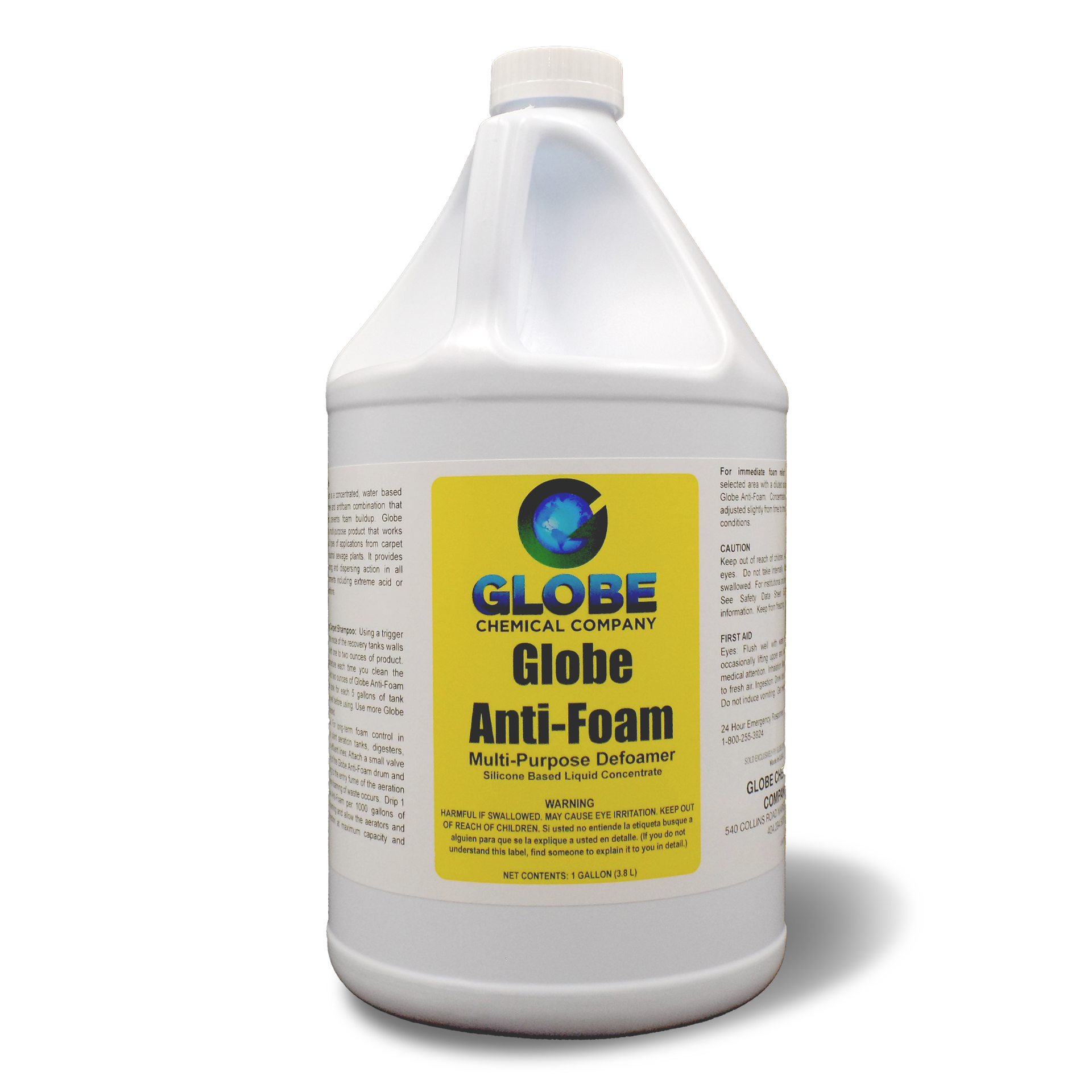How to Store and Manage Chemical Defoamer Safely and Efficiently
How to Store and Manage Chemical Defoamer Safely and Efficiently
Blog Article
Just How a Chemical Defoamer Can Enhance Effectiveness in Your Procedures and Processes
In today's competitive industrial landscape, functional performance is extremely important, and the duty of a chemical defoamer can not be overlooked. By addressing foam-related challenges that disrupt processes, defoamers not only facilitate smoother operations but also add to set you back financial savings and improved product quality.
Understanding Chemical Defoamers
Chemical defoamers play an important duty in numerous commercial processes by effectively preventing and lowering foam formation. Lathering can result in operational inadequacies, boosted manufacturing costs, and compromised item high quality. Defoamers are specialized chemical ingredients developed to disrupt the security of foam bubbles, consequently allowing smoother processing and boosted performance across numerous sectors, consisting of food and drink, pharmaceuticals, and wastewater therapy.

These agents normally consist of surfactants, oils, or polymeric substances that lower the surface tension of the fluid, assisting in the collapse of foam. The mechanism through which defoamers operate usually includes the destabilization of foam frameworks, enabling quicker water drainage of fluid and the release of entraped air. Different formulas are tailored to certain applications, taking into account aspects such as compatibility with the system, temperature, and the nature of the liquid being treated.
Understanding the structure and functionality of chemical defoamers is necessary for selecting the proper item for a given application. By maximizing defoamer selection based upon procedure demands, markets can boost functional effectiveness, alleviate foam-related obstacles, and ultimately enhance total productivity.
Advantages of Utilizing Defoamers
Using defoamers can significantly improve functional performance across different markets by effectively mitigating foam-related concerns. The presence of foam can disrupt procedures, bring about increased downtime, decreased efficiency, and possible top quality degradation in final result. Defoamers aid combat these difficulties by damaging down foam frameworks, thereby permitting smoother operations.
One of the primary benefits of utilizing defoamers is the decrease of waste and remodel. By decreasing foam development, defoamers boost the uniformity of procedures, ensuring that materials are utilized successfully. This not just decreases functional prices yet also contributes to sustainability initiatives by reducing resource consumption.
Additionally, defoamers can improve product quality. In manufacturing settings, excessive foam can lead to inconsistencies in item features, influencing consumer contentment. By regulating foam degrees, defoamers assist preserve the desired physical homes of items.

Applications in Various Industries
The efficiency of defoamers prolongs throughout a variety of markets, where their application addresses details foam-related challenges intrinsic per sector. In the food and beverage market, defoamers are vital for maximizing production processes, such as brewing and dairy products handling, where too much foam can prevent flow rates and decrease effectiveness. By lessening foam, these representatives boost item high quality and consistency.
In the chemical manufacturing industry, defoamers are utilized in processes like paint production and wastewater treatment. Right here, they stop foam development that can interfere with blending and separate stages, thereby improving the overall efficiency and effectiveness of operations.
In pharmaceuticals, defoamers play an important function in the formulation of fluid medicines, making sure appropriate dosage and stability by managing foam during blending and storage space. (Chemical Defoamer)
Furthermore, in the farming market, defoamers are used in pesticide formulas to enhance more helpful hints application efficiency and minimize waste.
Selecting the Right Defoamer
Picking the ideal defoamer is crucial for achieving optimum efficiency in different applications. The choice process should start with a thorough understanding of the details concerns at hand, consisting of the kind of foam existing, the processing conditions, and the chemical compatibility with various other formula components.
Defoamers are formulated from a selection of materials, consisting of silicone, mineral oils, and fatty acids. Identifying the right make-up is necessary, as different products display varying performance in varied atmospheres. Silicone-based defoamers are often favored in high-temperature applications due to their stability, while natural defoamers may be extra appropriate for water-based systems.
Additionally, think about the defoamer's impact on the last product. Some solutions can change the aesthetic or useful homes, making it important to pick a defoamer that meets product requirements without jeopardizing top quality.
Examining is one more critical step in picking a defoamer. Small-scale tests can provide useful understandings into the defoamer's performance, permitting for adjustments prior to major implementation. By meticulously assessing these aspects, businesses can improve performance and guarantee that the defoamer properly meets their functional demands.
Best Practices for Application
Applying a defoamer effectively needs mindful planning and adherence to finest techniques to More hints maximize its efficiency. First, carry out a thorough assessment of the particular application and foam attributes. Understanding the type and source of foam will assist the choice of one of the most ideal defoamer solution.
Next, develop the optimum dose (Chemical Defoamer). Start with a small test to determine the minimum effective concentration, as excessive use can lead to unfavorable effects on item quality or operational efficiency
Monitoring and adjusting the application method is essential; guarantee that the defoamer is introduced at the best factor at the same time for maximum effect, such as during mixing or right away after foam formation.

Furthermore, maintain clear communication with all pertinent personnel to make certain consistent application methods and to share insights on performance results.
Conclusion
Finally, the utilization of chemical defoamers plays a critical duty in enhancing operational effectiveness throughout diverse industries. By successfully destabilizing foam, these representatives help with quicker drain and air launch, thereby reducing interruptions and lowering expenses. The critical application of defoamers not only improves throughput however additionally makes certain consistent product high quality and source optimization. Eventually, the unification of defoamers right into industrial procedures fosters reliability and adds to general efficiency improvement.

In the food and drink industry, defoamers are important for maximizing production procedures, such as brewing and dairy products handling, where excessive foam can impede circulation rates and minimize efficiency. Silicone-based defoamers are typically preferred in high-temperature applications due to their stability, while organic defoamers might be more suitable for water-based systems.
Report this page